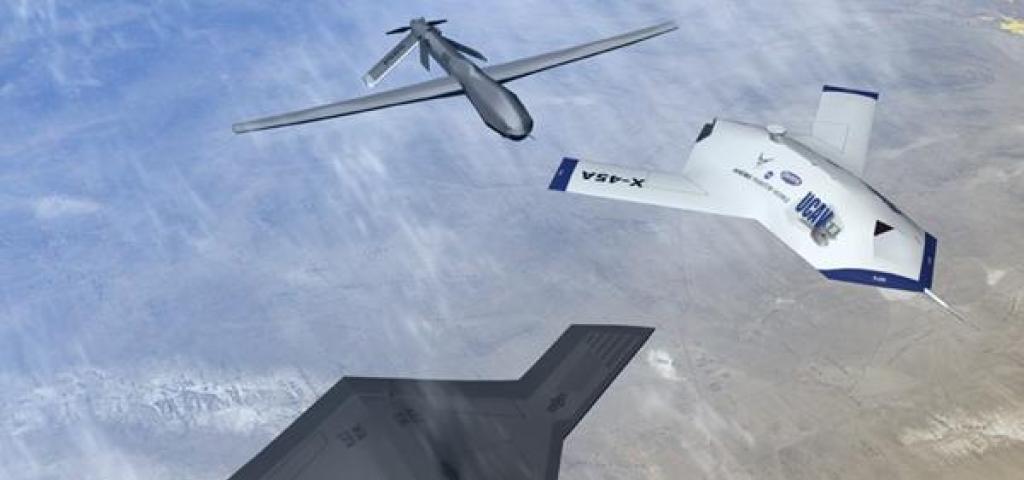
The Business Side of Open Systems Architecture

With a number of directives promoting the use of open systems architecture (OSA) in military systems, including Better Buying Power and the US Government Accountability Office (GAO) paper calling for wider adoption of the open systems approach (OSA) for unmanned systems, which I covered in my last blog post, many folks wonder why the transition to this relatively new paradigm is not moving faster. There are a couple of reasons: (1) this is the US government, not a fighter aircraft, and (2) this is not a technical problem – it is a business challenge.
Over the last few decades we have built very sophisticated aircraft filling a wide range of roles with a purpose-built, single-use strategy, typically using proprietary hardware and software platforms. The core requirement was not to specifically build a proprietary hardware/software stack; it is the government requirement to develop a single, globally-competitive and highly differentiated solution for a funded military platform. This was perfect when we funded a few manned platforms (think F-14, F-15, F-16, F-18, F-22, and F-35, etc.), and these systems had a large volume of content supplied by a small number of suppliers that did not change that often. This procurement process worked well for decades and has kept the United States at the forefront of military aircraft technology. The US Department of Defense (DoD) built a vast supplier community and a government procurement process around this proven success story.
Unmanned systems (UAS, UAVs, UxVs) and the evolution of cyber warfare changes this — now manned platforms augment a wide range, and far higher numbers, of unmanned, autonomous and interconnected assets (missiles, UAVs, sensing systems, IoT, more). And the fight has changed to one that is less kinetic and more electronic in nature, enabling/requiring more rapid adoption of new (electronic) technologies in both manned and unmanned systems. In fact, for any country to be competitive in future cyber-warfare conflicts it must create a highly adaptable defense that can rapidly respond to future, undefined threats, both kinetic and non-kinetic.
The control and mission systems in unmanned systems are now highly similar in nature, so we need to change our business models and procurement paradigms to reflect a move to high re-use of systems and applications across airborne and other systems. These systems therefore need to be based upon open standards, open system architectures, and supplied by multiple vendors. Creating the UAS Control Segment (UCS) Architecture and the Future Airborne Capabilities Environment (FACE™) technical and business guides are thoughtful steps in defining a path to achieve this open systems architecture transition. Because these two standards were jointly developed by both government and industry, contracts specifying these standards have an immediate buy-in by both customer and supplier.
The technical implementation of open systems in government systems is relatively easy when compared to the fundamental changes to our federal business procurement processes that will be required to implement open, competitive systems. In the future we need to look at the parallel lifespans of multiple programs and platforms to create a wide capability based upon software development and deployment efficiency, with a foundation of open application program interfaces (APIs), rapid capability insertion and cross-platform application re-use. In addition, fair and complementary policies and agreements for government purpose rights (GPR) and commercial intellectual property (IP) rights need to be developed to minimize duplicity and maximize return on investment in government programs while creating a robust, competitively-rewarded, and innovative software supply chain. Every step towards open systems adoption will help accelerate this transition to a more agile, innovative, portable, and affordable military avionics procurement environment.

